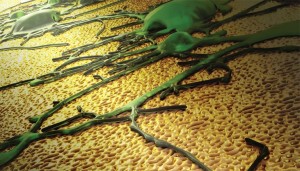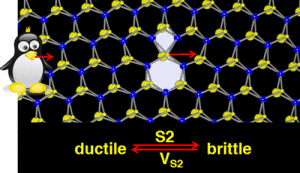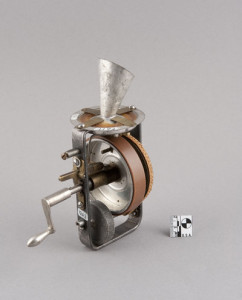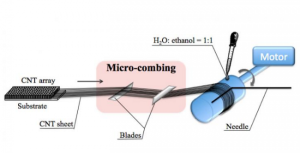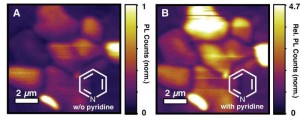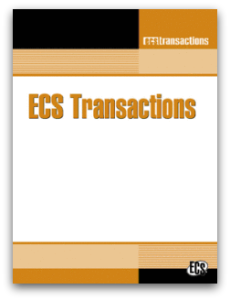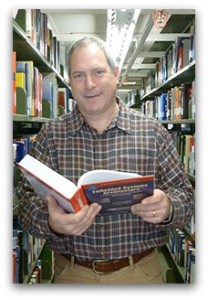Here at ECS, we strive to encourage research, discussion, critical assessment, and dissemination of scientific knowledge. What better way to do that in the digital age than with social networks?
Twitter has been one channel that scientists have adopted in the pursuit of disseminating information and advancing the science though education. Accordingly, we’ve compiled a short list of some of the best scientists to follow on Twitter.
Donald Sadoway, @dsadoway
Professor of Material Chemistry at MIT
ECS member Donald Sadoway is a battery expert and renewable energy guru. Check him out on Twitter to learn about the latest developments in battery technology and current issues in energy and climate.
#Energy#Storage still far too costly and without it, intermittent #renewables are paralyzed. Time for innovation.
— Donald R. Sadoway (@dsadoway) May 11, 2015


